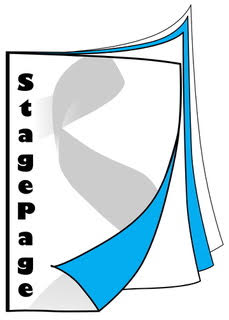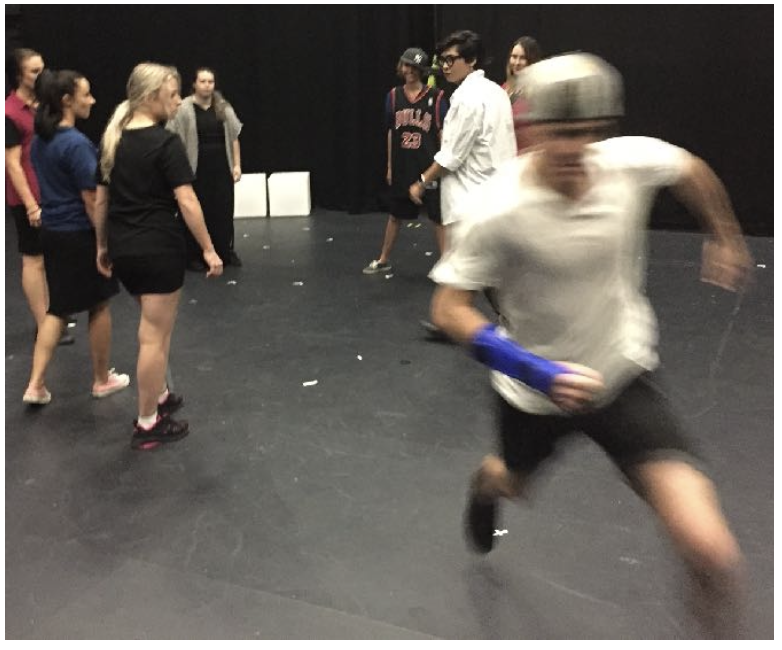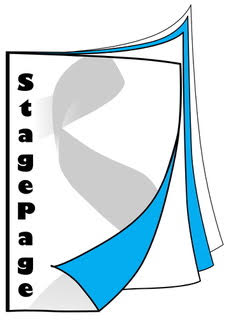Music Tip Monday #5 - Useful Apps for Singing Teachers + Singers
/Liz recently attended an excellent ANATS WA event on contemporary singing presented by Perth singer and teacher Liyana Yusof. Liyana referred to some of the many phone apps which are useful to singers, singing teachers and music teachers in general.
How many of these do you use?





